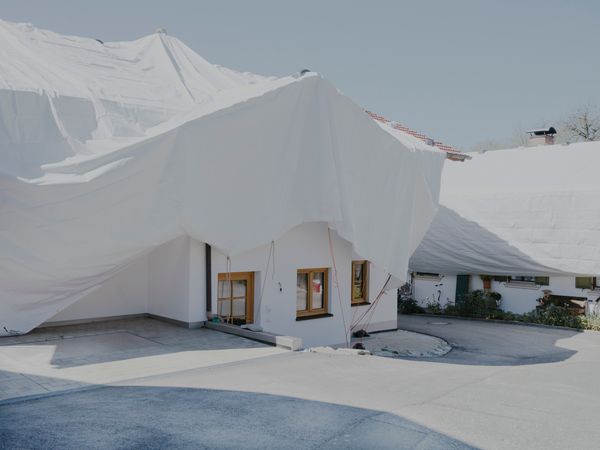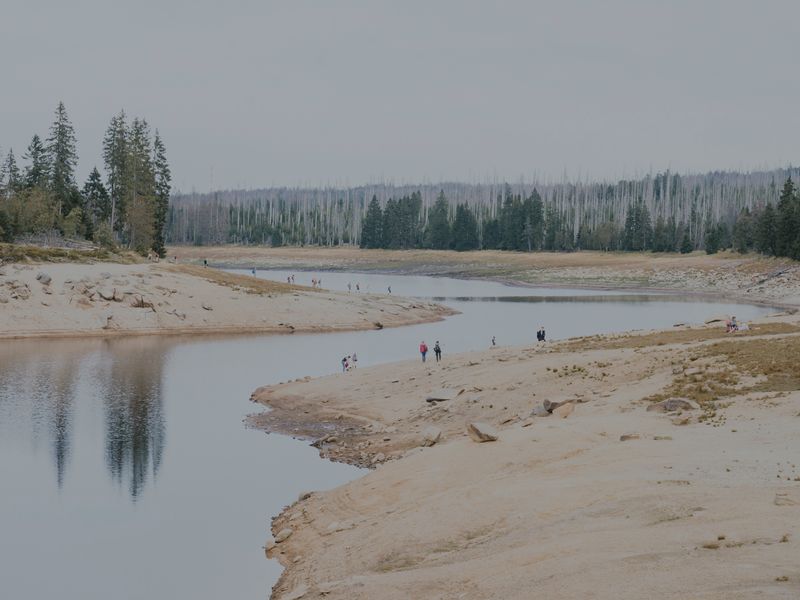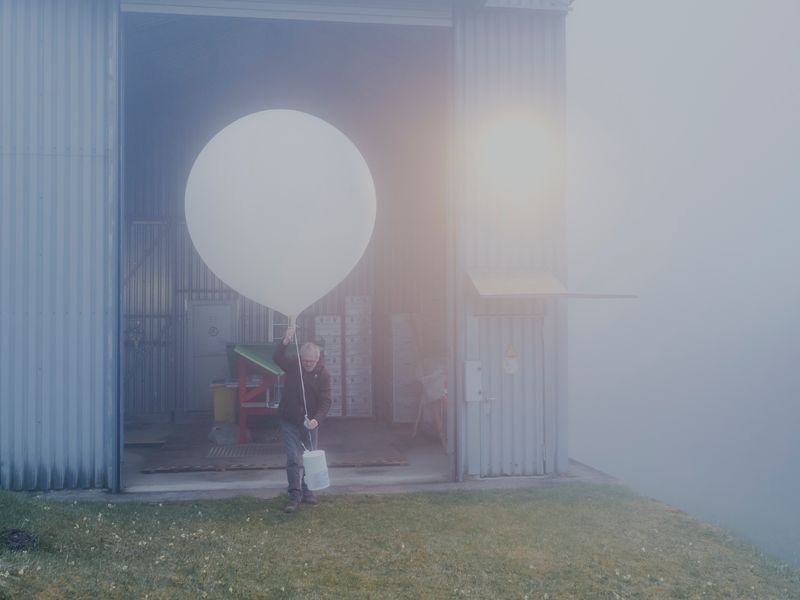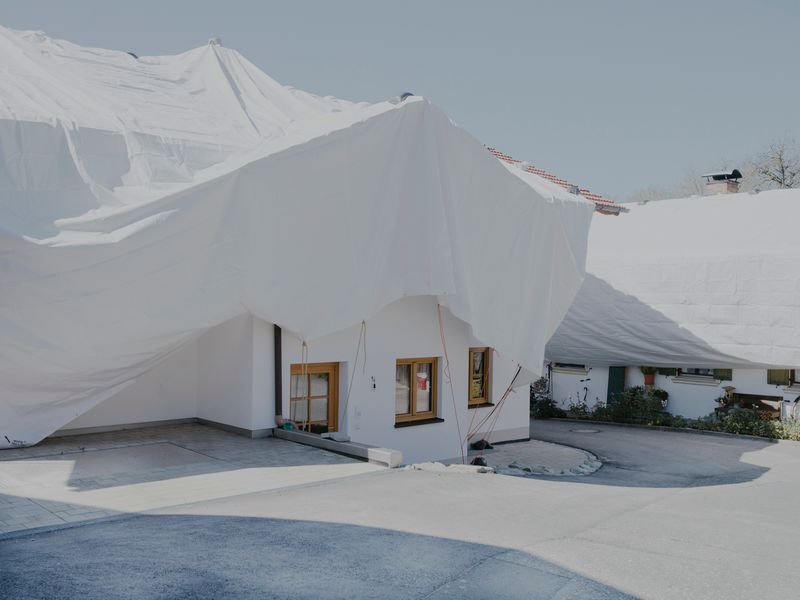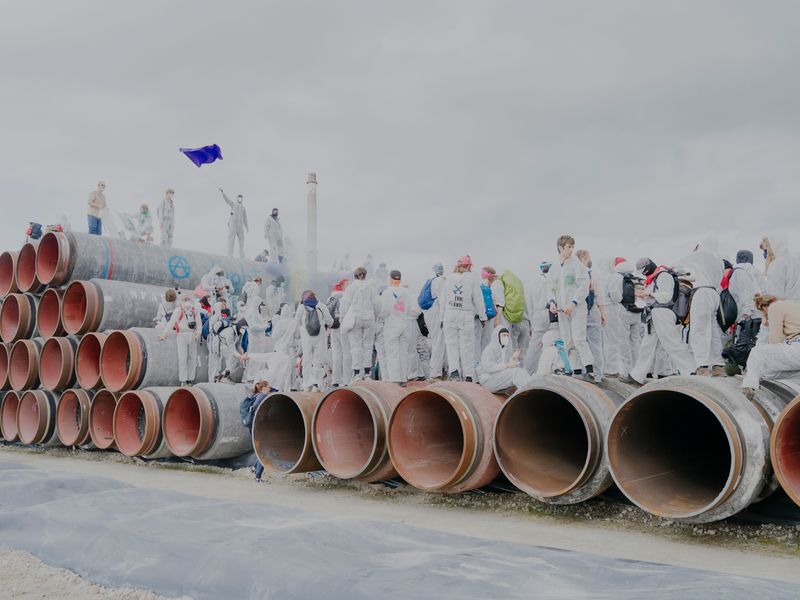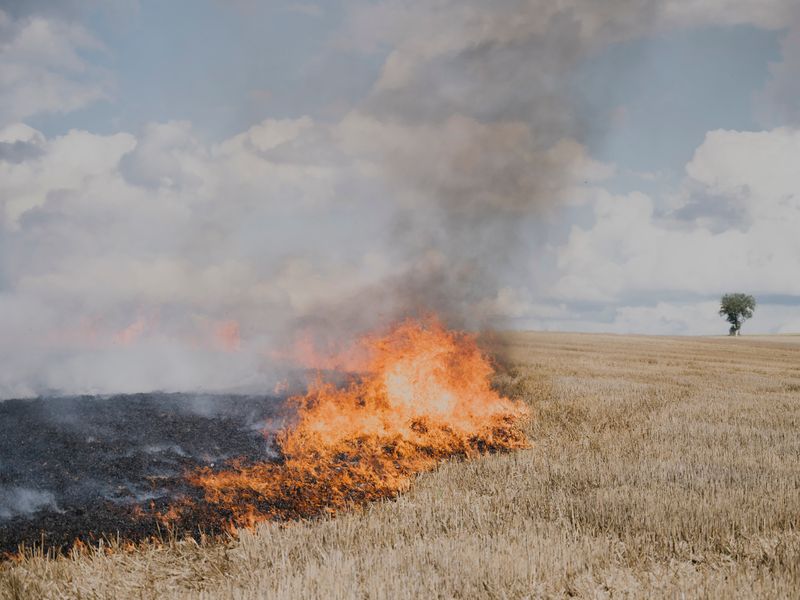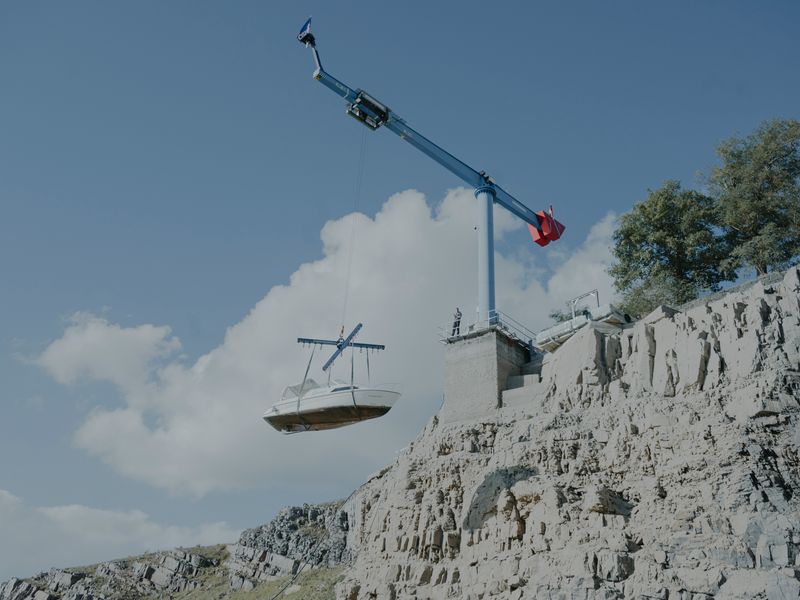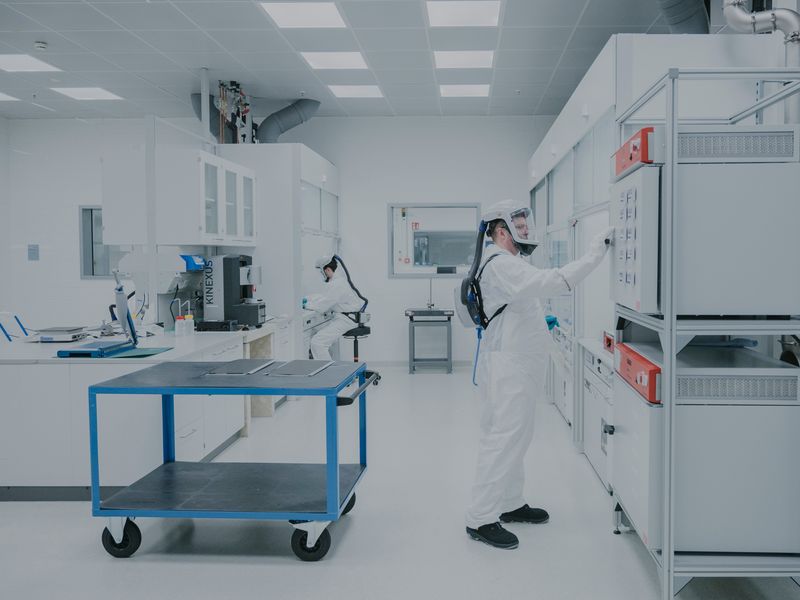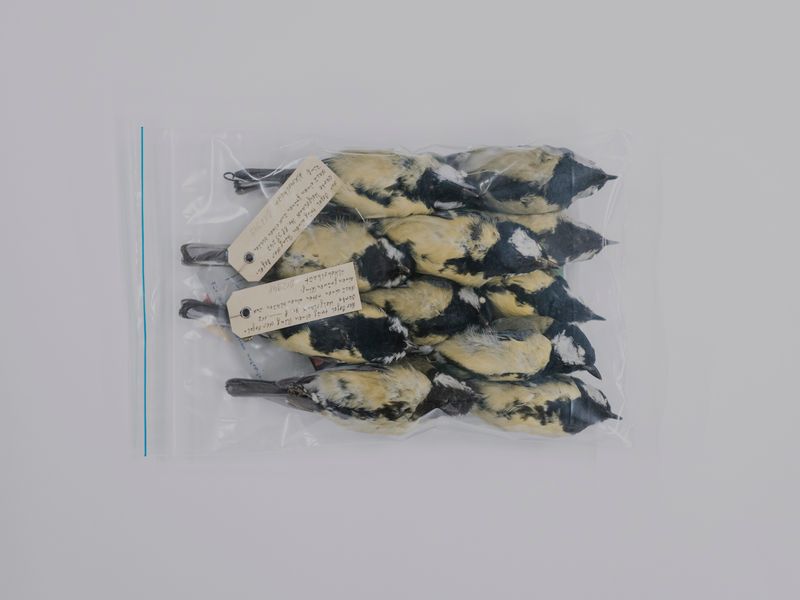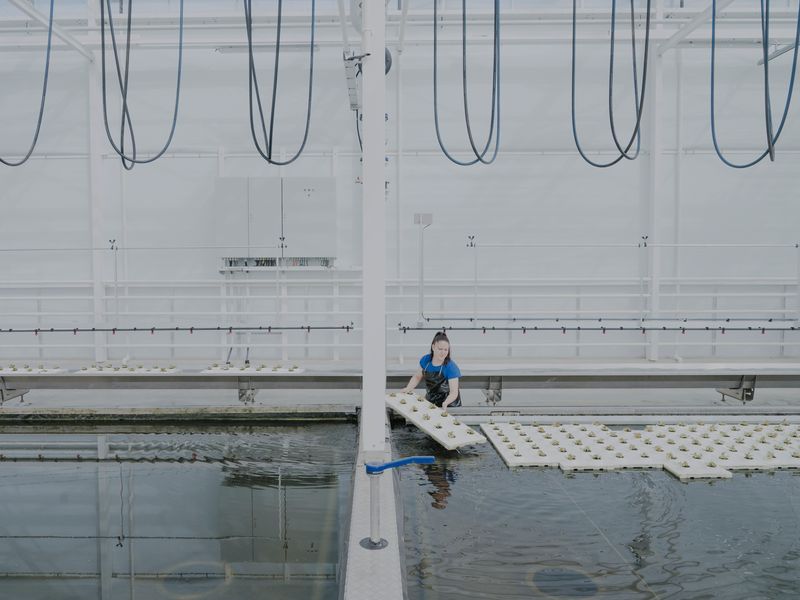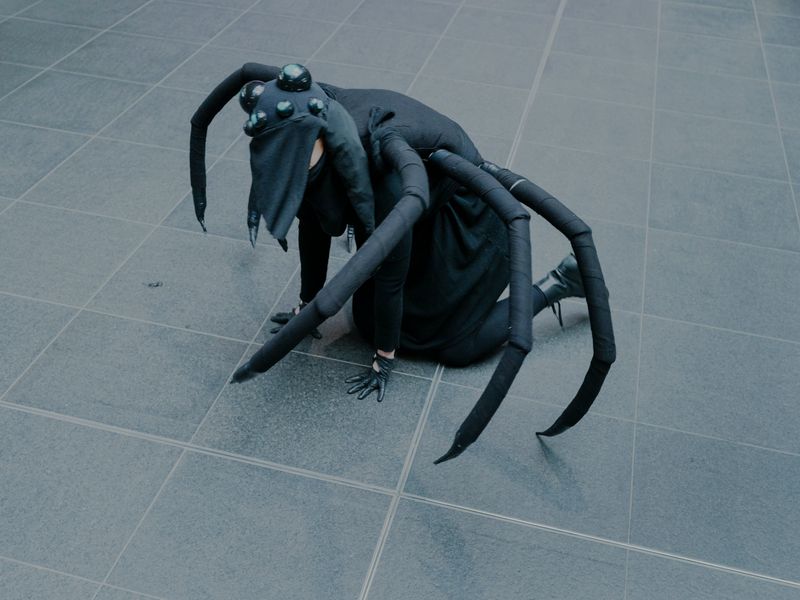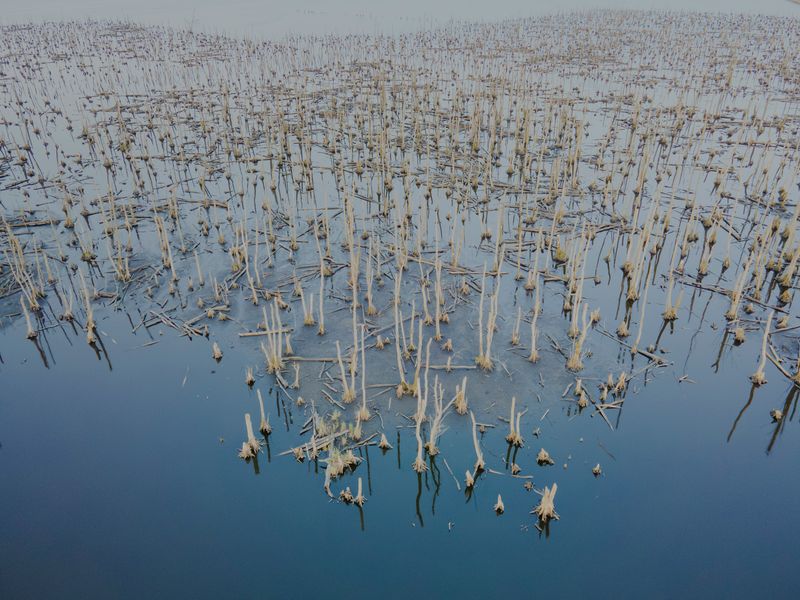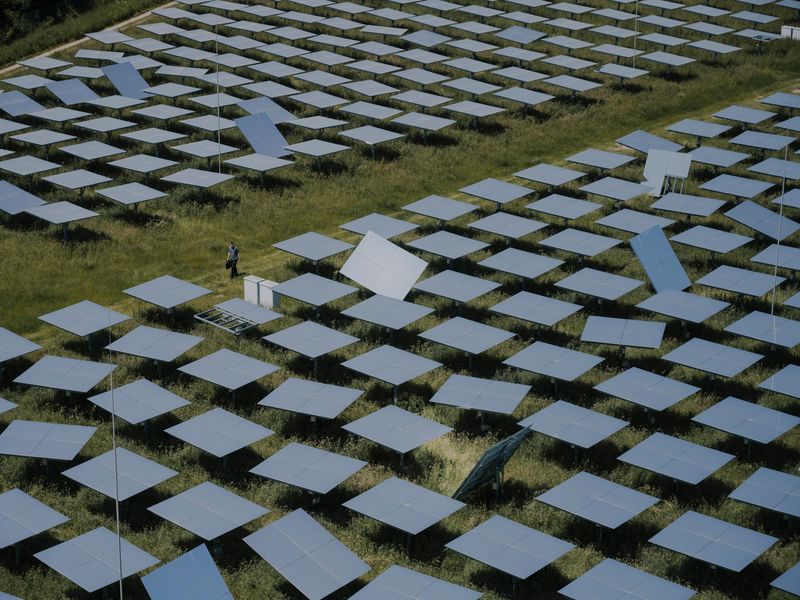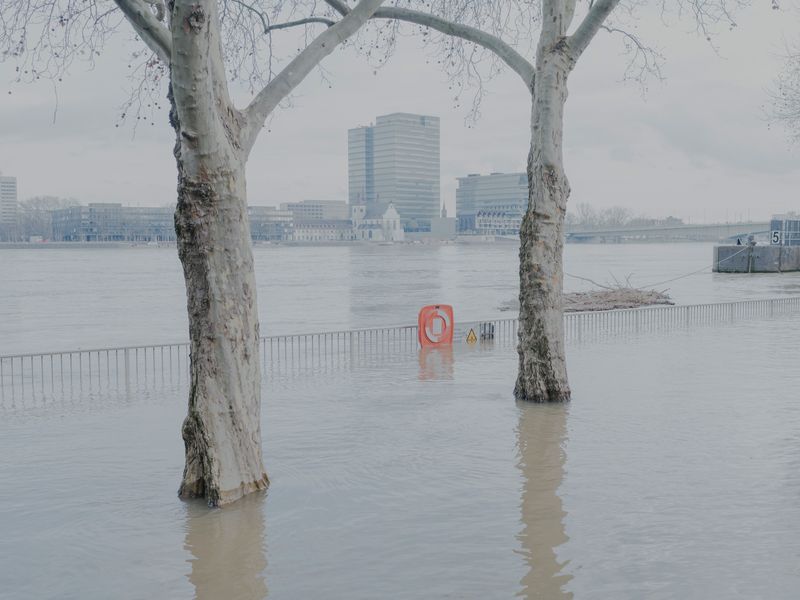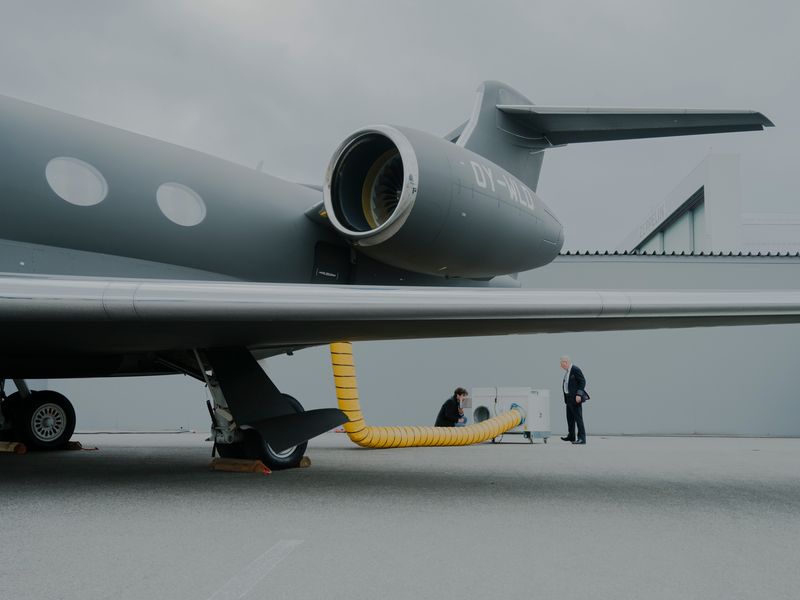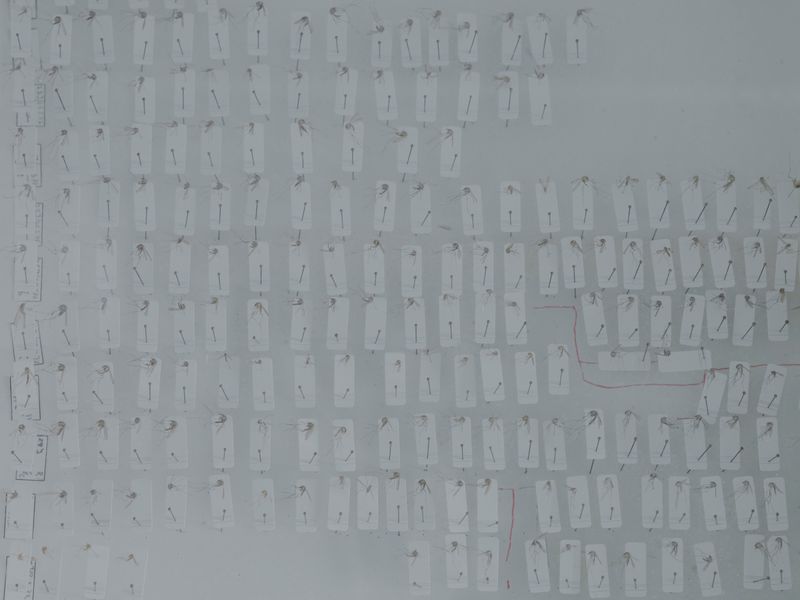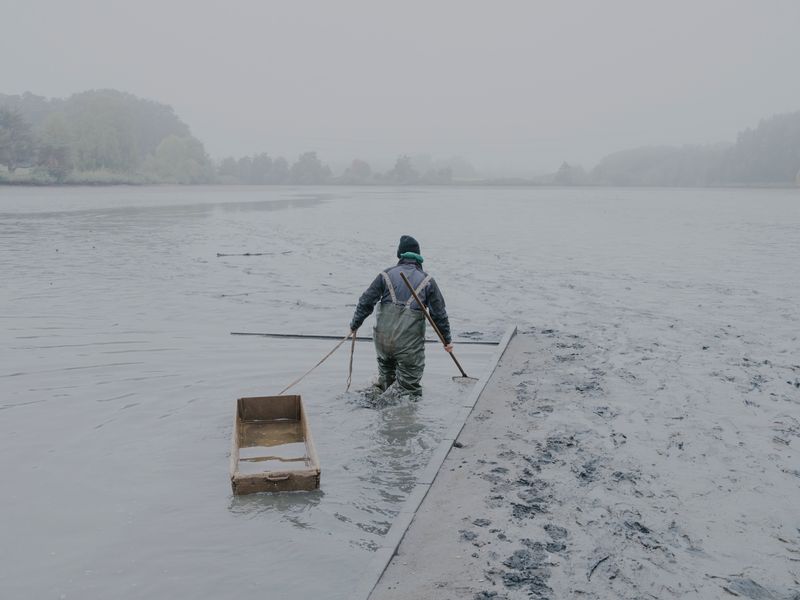Between hope and dystopia
-
Dates2020 - Ongoing
-
Author
- Location Germany, Germany
-
Recognition
-
Recognition
Germany is in the midst of an ecological crisis, with temperatures rising faster than the global average. Change can be felt everywhere in the country - socially and ecologically. The pictures are silent testimonies to a country in a state of upheaval.
The year 2023 was globally the hottest ever recorded, and temperatures in Germany have risen significantly more than the global average. A transformation is palpable everywhere in the country - both socially and ecologically. My central question for this project is: how can we make the invisible aspects of the climate crisis visible?
For my new photo essay on the climate crisis in Germany, I don't want to seek loud sensational images but rather capture silent witnesses of a slowly changing country in the midst of the crisis. It is important to me that viewers not only see images of the climate crisis in countrieswhere climate change is expected, but also in my home, Germany. Because Germany faces a serious problem: the industrial and automotive nation must become climate-neutral by 2045. That's only 21 years away, a race against time. Economic interests, political ideologies, and solutions are increasingly heatedly debated in Germany in the early 2020s. The societal climate is changing; climate activists are channeling their energy, and scientists are searching for new solutions. Nevertheless, coal continues to be mined, the construction of wind turbines is progressing too slowly, and debates continue about how long gasoline-powered cars can still be sold. So, my photo essay describes a photographic journey through Germany, focusing on a country in transition. What new and hopeful concepts exist to slow down the climate crisis? How is the landscape changing in Germany? And what does this mean for the daily lives of people? The essay aims to convey a sense of a country in crisis—a quiet and restrained testimony of change, oscillating between hope and dystopia.
In this photo essay, I am looking for unusual and surprising images. It should represent the personal perspective of a young person on their changing country. The images should be calm and poetic, portraying humans as small elements in their surroundings. It is an attempt to evoke a sense of crisis.


